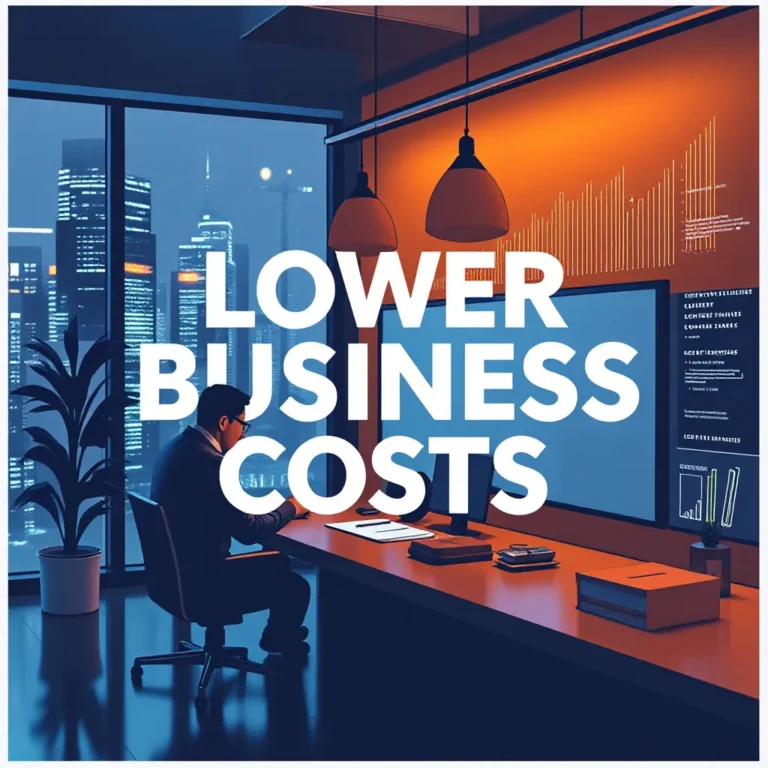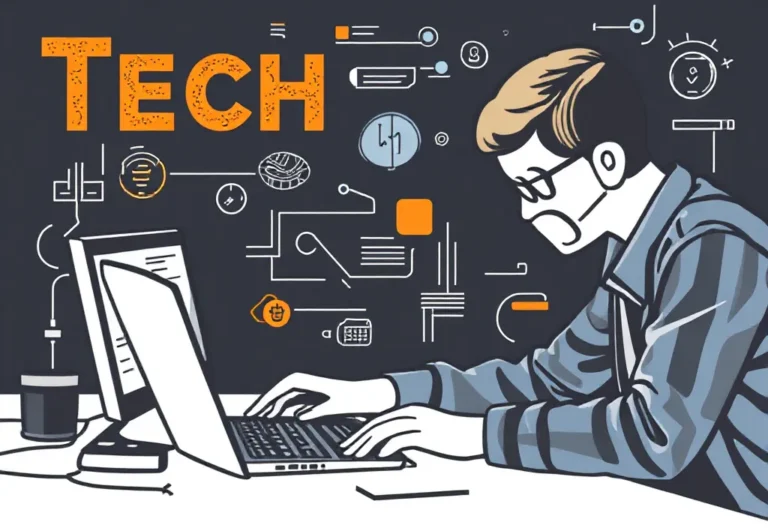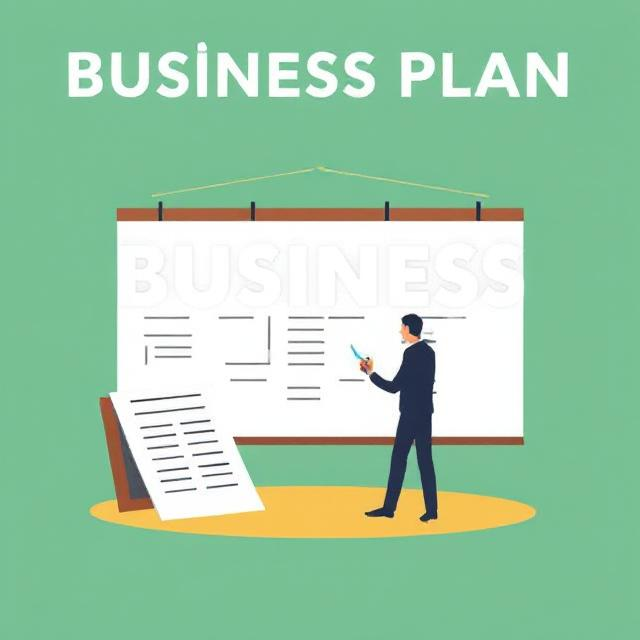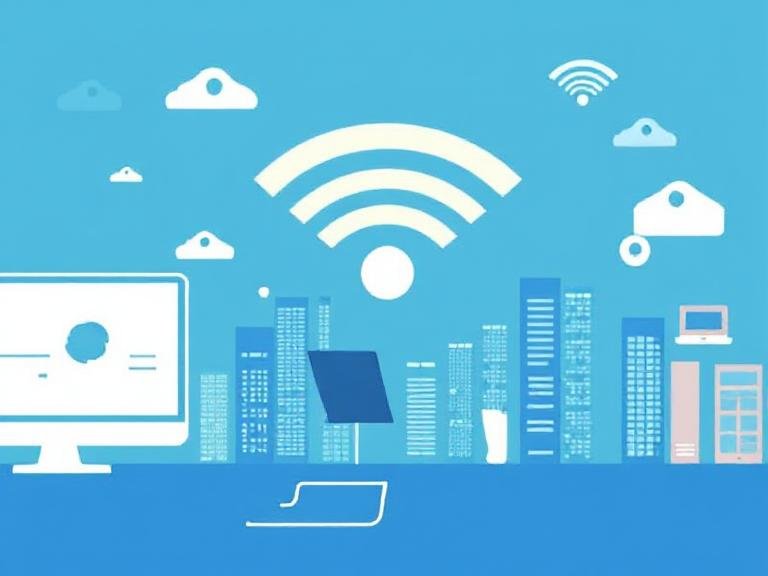The IT Checklist Every Business Needs for Welcoming New Employees
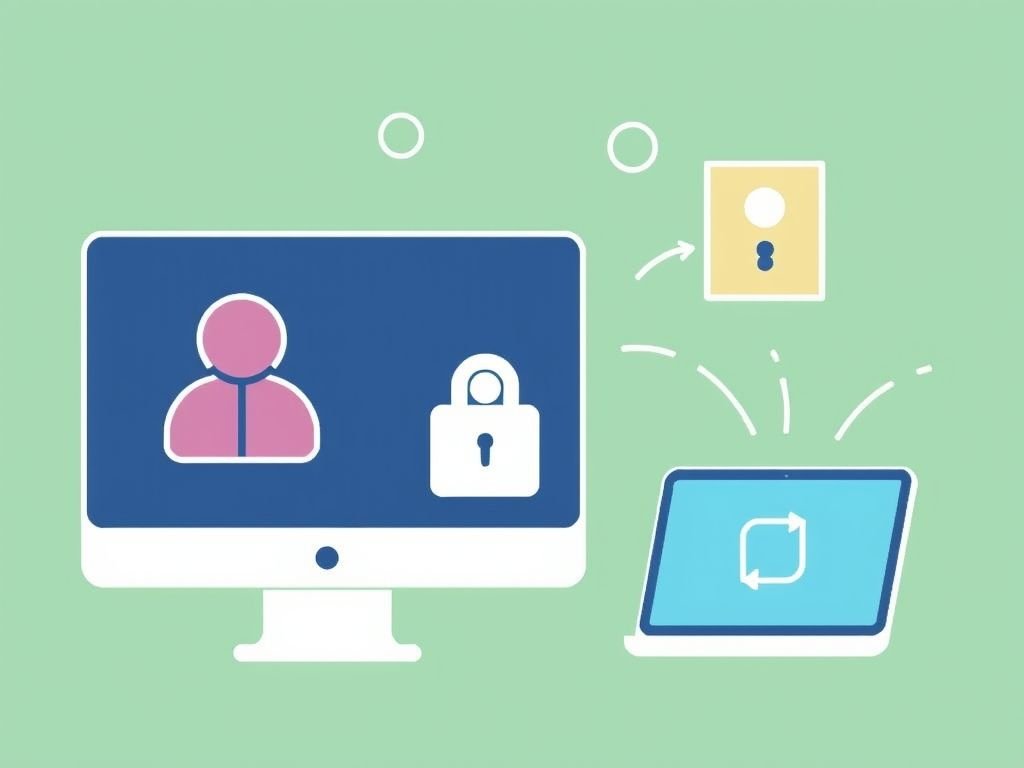
The IT Checklist Every Business Needs for Welcoming New Employees
Imagine walking into your first day at a new job only to spend hours waiting for your login credentials, filling out the same form five different ways, or trying to figure out where things are supposed to go. It’s not just frustrating — it sets the wrong tone from the very beginning.
According to Gallup, only 12% of employees strongly agree that their company does an excellent job onboarding new hires. That’s a big gap — and one that can be greatly improved with smarter IT support.
With the right technology in place, you can turn what’s often a chaotic experience into a smooth, welcoming, and professional process — for both your new employees and your internal teams.
Why First Impressions Really Matter
The first few weeks of any new job are crucial. Research from SHRM shows that nearly one in three employees who leave within the first six months say they received little or no onboarding — and 15% specifically point to poor onboarding as the main reason they left.
This isn’t just about employee satisfaction; it’s also a cost issue. Replacing talent is expensive, time-consuming, and avoidable with better planning.
That’s where a well-structured onboarding process comes in. When done right, it boosts engagement, increases retention, and builds confidence — and IT plays a central role in making it happen.
The Pain Points of Traditional Onboarding
Let’s face it — the old way of bringing someone onboard is far from perfect.
New employees often deal with:
- Endless paperwork
- Confusion over tools and access
- Waiting for passwords, software, or devices
- Inconsistent experiences across departments
And for HR and IT teams? It’s just as tough. They’re stuck managing repetitive tasks, chasing down documents, and setting up systems manually — leaving little room for meaningful interaction.
It doesn’t have to be this way.
How IT Simplifies the Entire Process
Technology can streamline onboarding from start to finish. Let’s break down how smart IT solutions make life easier for everyone involved.
1. Start Before Day One with Preboarding
Onboarding shouldn’t begin when the employee walks through the door — it should start the moment they accept the offer.
With the help of IT, companies can:
- Automatically send welcome emails and digital kits
- Pre-configure email accounts and system access
- Share training schedules and orientation videos
- Deliver digital forms that get completed online
- Set up Slack or Teams invites ahead of time
This way, the boring stuff gets handled early, so new hires can focus on learning and contributing from day one.
2. Automate Repetitive Tasks
No one should waste hours entering the same data into multiple systems.
IT tools can automate:
- Employee data entry into HR platforms
- Background checks and compliance steps
- Training assignments and email reminders
This frees up HR to focus on building relationships — not chasing signatures.
3. Make Training Engaging and Easy to Access
Say goodbye to thick binders and endless PDFs.
Modern learning platforms powered by IT allow companies to deliver interactive training through:
- Videos
- Quizzes
- Simulations
- Gamified modules
Plus, content can be customized by role — so marketing team members don’t waste time on developer-specific training and vice versa.
IT ensures these tools work smoothly across all devices — desktop, mobile, or tablet — and tracks progress so nothing falls through the cracks.
4. Create a Single Hub for Everything New Hires Need
Instead of sifting through dozens of emails and shared folders, new employees should have one place to find everything they need:
- Company policies
- Training materials
- Team contacts
- Schedules
- Tools and logins
A centralized onboarding portal gives them instant access — whether they’re working remotely or in the office.
IT makes this possible with:
- Unified login systems
- Secure document storage
- Mobile-friendly interfaces
It’s not just convenient — it shows your business is organized and ready for the modern workplace.
5. Use Data to Improve Over Time
Want to know how long it takes your new hires to become productive? Or which parts of onboarding are most effective?
IT systems can provide insights such as:
- Average time-to-productivity
- Training completion rates
- Survey feedback
- Drop-off points in the onboarding journey
This data helps you fine-tune your approach and prove the value of investing in a solid onboarding strategy.
Why Personalization Matters
Every new hire is different. Some may prefer self-paced learning, while others benefit from scheduled check-ins and mentorship.
Thanks to IT tools, onboarding can be tailored based on:
- Role and department
- Prior experience
- Preferred learning style
For example, a new developer might receive tool-specific training, while a sales rep gets CRM guidance. Managers can also assign mentors or recommend skill-building paths — all without reinventing the wheel every time.
How IT Helps Managers Stay Involved
Managers play a key role in onboarding — but they’re busy too.
IT platforms can help by:
- Sending automatic reminders for 30/60/90-day check-ins
- Assigning onboarding tasks with deadlines
- Collecting feedback and next steps
This keeps managers engaged without overwhelming them — and helps ensure each new hire gets the support they need.
IT Is the Key to Great Onboarding
Let’s face it — starting a new job can be stressful enough. The last thing anyone wants is to waste time waiting for access, struggling with outdated processes, or feeling lost.
When IT handles automation, integration, and tracking, you can focus on what really matters: connection, clarity, and confidence.
Whether you’re a growing startup or a scaling business, the right IT support can transform onboarding from a hassle into a highlight.
Ready to improve your onboarding experience with smarter tech?
Contact us today — we’ll help you build a seamless, personalized, and tech-powered onboarding process that works for your team.
